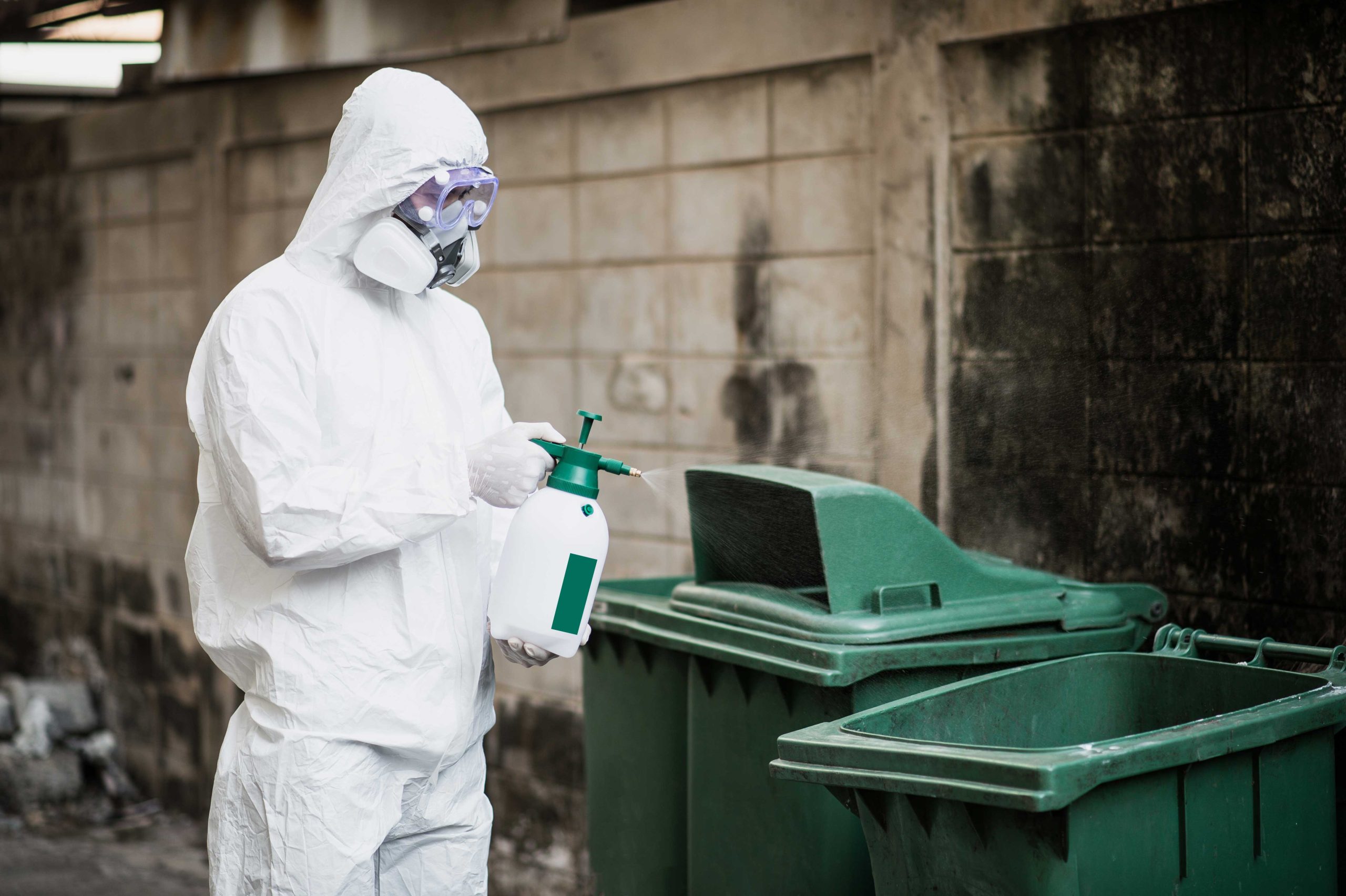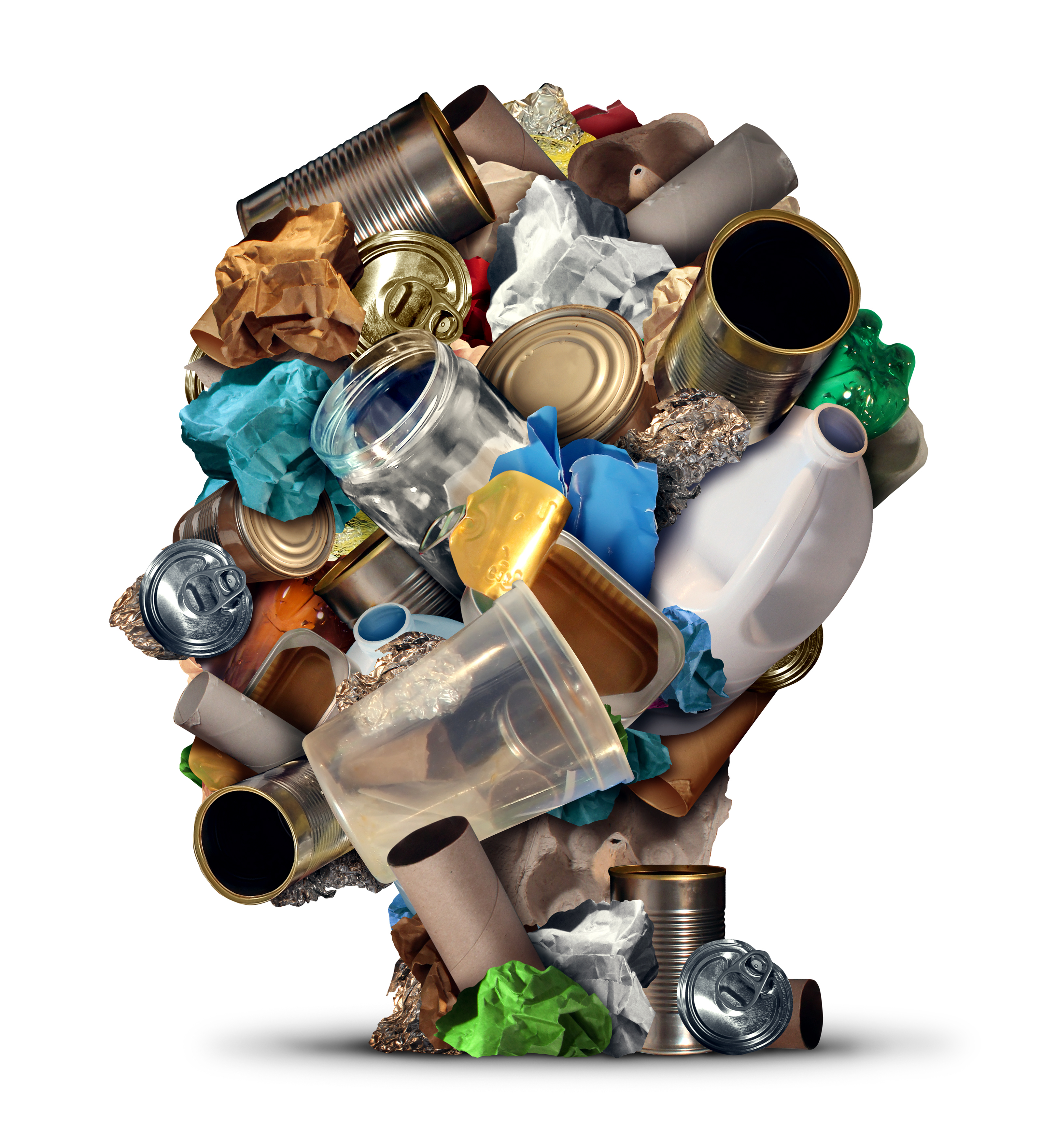Buried in Waste
 HAZARD – BIOMEDICAL WASTE
HAZARD – BIOMEDICAL WASTE
Managing biomedical waste in India presents a multifaceted challenge, amplified by gaps in compliance, infrastructure inadequacies, financial constraints, unregulated informal sector involvement, and a lot more.
By Dr Malathi Murugesan
Biomedical Waste Management poses significant challenges globally, particularly in developing countries like India, where rapid industrialisation and urbanisation have led to increased healthcare facilities and subsequently higher volumes of hazardous waste. The annual report of the Central Pollution Control Board (2020) reported the generation of 774 tons/day of Biomedical Waste (BMW), out of which 656 tons/day accounted for non-COVID biomedical waste and 118 tons/day comprised COVID biomedical waste from 3,52,014 number of Healthcare Facilities (HCFs). Among them, 2,44,282 no. of HCF utilised facilities of Common Biomedical Waste Treatment and Disposal Facilities (CBWTFs) for collection, treatment, and disposal of biomedical waste, and 17,206 no. of HCFs had their own captive biomedical waste treatment and disposal facilities.
The first Biomedical Waste (Management & Handling) Rules came into force in 1998. In exercise of the powers conferred by sections 6, 8 & 25 of the Environmental Protection Act, 1986, the Central Government notified these rules for the management and handling of biomedical wastes generated from hospitals, clinics, and other institutions for scientific management of BMW. Even after the formulation of the BMW rules 1998, there were a lot of gaps in the practices which were studied by the International Clinical Epidemiology Network in 2002-2004. The network found that around 82% of primary, 60% of secondary, and 54% of tertiary HCFs in India were not following the 1998 rules due to inefficiency in the BMW system. This has been an eye-opener data that urged the government to modify and amend the rules in 2000. Since 2000, there has been a lot of pressure in revising the guidelines, and the draft of BMW rules 2011 has not been released because of a lack of consensus on categorisation and standards.

The latest BMW rules 2016 released by the Ministry of Environment, Forest and Climate Change are more simplified with four categories, with clear-cut guidelines on separation, tracking, labelling, transportation, and disposal methods. It has two amendments, in 2018 and 2019, with additional guidelines released during the COVID-19 pandemic. The management of biomedical waste involves various stages, including segregation, collection, storage, transportation, treatment, and disposal.
To understand the implementation gaps in BMW rules 2016, a nationwide survey was conducted to assess the current state of biomedical waste management practices across different healthcare facilities in India. One of the survey questions was framed to identify the challenges faced in biomedical waste management by an open-ended question. We analysed the responses to that question and collated the challenges faced by the healthcare facilities with respect to waste management as follows:
Lack of Awareness and Training
• Limited awareness among healthcare staff about proper waste segregation and disposal practices due to inadequate training programs for healthcare professionals on waste management procedures.
• High attrition rates post-COVID pandemic lead to difficulties in repeatedly training new staff.
• Shortened induction programs, especially due to nursing shortages, result in insufficient emphasis on waste management training.
• Absence of annual training programs in waste management leads to forgetfulness of guidelines over time.
• Failure to detail the reasons for colour coding in most training programs results in unawareness of certain medical products not covered in routine training.
• Lack of government-initiated training programs following new amendments exacerbates the issue.
Inadequate Infrastructure
• Insufficient and outdated waste management infrastructure in many healthcare facilities.
• Lack of appropriate waste segregation bins and storage facilities, particularly in old, large-bedded hospitals.
• Inadequate attention given to dedicated routes for waste management, temporary storage areas, and autoclave facilities in most hospitals.
• Rural hospitals face challenges due to limited space for storage and lack of administrative support.
• Medical camps and remote facilities lack proper planning for waste segregation.
Inefficient Segregation Practices
• Improper segregation of different types of medical waste at the source.
• Mixing of hazardous and non-hazardous waste increases risks.
• Lack of clarity in BMW guidelines leads to confusion in colour coding for certain items such as ECG leads, blood bags, and vacutainer tubes.
• Guidelines regarding needle disposal vary between states, necessitating clear policies.
• Lack of awareness about the 48-hour storage policy for yellow-coloured highly infectious wastes, as specified in the 2016 guidelines, underscores the need for better communication and training.
Inadequate Regulatory Compliance
• Challenges in ensuring strict adherence to biomedical waste management guidelines and regulations.
• Inconsistent enforcement of rules and regulations across different healthcare facilities.
• In hospitals which are already built before the rules are laid out, there is difficulty in achieving all the regulations and hence Pollution Control Board (PCB) finds them non-compliant. This is practically difficult in old hospitals with no proper pipelines for liquid wastage system. In these hospitals, the government should support/assist to improvise their drainage.
• In few states, there is difficulty in communication with the third party (CBWTF) and visit to the area is not been allowed.
• Among all the clauses in the rules, the BMW bar coding is very difficult to implement as there is lack of support from the administration and third party. It is practically difficult to paste BMW bar codes in all the bags especially in large hospitals.
• In some states, such as Madhya Pradesh, there is a mobile app introduced by State Pollution Control Board which is mandated to be used by all hospitals and third party. Similar app should be made compulsory in all states and should be captured at a national level on a real time basis.

Limited Financial Resources
• Financial constraints affecting the implementation of advanced waste treatment technologies.
• High operational costs associated with safe disposal methods.
• Biomedical waste management is a highly expensive process right from the segregation with different colours to disposal. The treatment process needs considerable money to be paid by the institution. This puts an economic burden on all healthcare set ups especially rural hospitals, standalone centres and trust hospitals.
• The importance to BMW and other wastes is not adequately conveyed to the administrators, making budget allocation quite difficult during annual budgeting.
Unregulated Informal Sector Involvement
• Involvement of the informal sector in handling and recycling medical waste, often in unsafe and unregulated ways.
• Lack of monitoring and control over the informal sector’s activities.
• In most of the states, there are informal people involved in handling wastes especially e-wastes, battery wastes and paper wastes which leads to accountability issues.
Transportation Challenges
• Inadequate transportation facilities for the safe and timely transfer of medical waste to treatment facilities.
• Risk of spillage and contamination during transit due to poor handling without proper tying of the wastes due to unavailability of tags in hospitals.
• In some states due to issues with the licensing of the CBTWF, wastes are not collected every 48 hours. This is not addressed by the SPCB. In such situations, the occupier finds it difficult to transfer the wastes to CBTWF and store it for a prolonged period.

Chemotherapy wastes and protocols
• There are no strict/universal guidelines on handling and mixing of cytotoxic medications including chemotherapy agents such as alkylating agents, antimetabolites, plant alkaloids, topoisomerase inhibitors, immunosuppressants, biologicals and other classes of cytotoxic and cytostatic medications.
• Most of the set ups do not have dedicated biosafety cabinet to prepare these drugs; even if the BSC cabinet exists, it is not fully utilised during medication mixing. Awareness on the hazard of preparing the medications outside the cabinet is poor among nurses and pharmacists.
• There is no standardised protocol for cytotoxic spill management in even established healthcare set ups. This is mainly due to lack of national guidelines on cytotoxic wastes.
• There are several chemotherapy patients undergoing home care and their wastes/vials are discarded along with the household wastes or dumped nearby.
Inadequate Monitoring and Surveillance
• Limited surveillance systems to monitor healthcare waste management practices.
• Lack of real-time tracking mechanisms to ensure compliance with guidelines. As we have a very good digital system now, real time GPS/RIF systems should be strengthened
• The PCB visits should be stringent and meticulous. Instead it is rarely done which makes the healthcare facilities and CBWTF non/less compliant or lethargic in following the BMW rules.
Emerging Healthcare Challenges
• Increasing use of single-use plastics and other non-biodegradable materials in healthcare settings.
• Proper disposal of personal protective equipment (PPE) used during the COVID-19 pandemic.
• Increase in the number of hospitals, medical colleges and increased disease rates leads to more hospitalisation. Hence the waste generation is exceeding every year which necessitates futuristic plan for treatment of wastes.
Public Awareness and Participation
• Limited awareness among the public regarding the risks associated with improper disposal of healthcare waste.
• Insufficient public participation in waste management initiatives.
• Usage of insulin needles/pens is increasing in India as we have the highest number of diabetes mellitus patients in the world. These are discarded in regular home bins and carried away by waste handlers managing solid waste management, posing a grave hazard .
• Chemotherapy patients undergoing home care often dispose of their waste/vials along with household waste or nearby dumping sites.
• Expired medicines at households are also disposed of along with general waste.
• Elderly care centres generate a significant amount of waste, including diapers, which are discarded as general waste.
• Sanitary napkins pose a huge threat to the environment when disposed of improperly, often being burnt near households or dumped with general waste.
Lessons Learned and Way Forward
Insufficient funding for the waste management sector is a crucial factor. Under-resourced systems combined with a private operator model for waste treatment and reliance exclusively on fee-based treatment services impose a significant burden on healthcare setups. Waste management interventions are often hindered by a lack of awareness and limited knowledge of resource recovery technologies, poly tools, and financial mechanisms. Appropriately and sustainably managing biomedical and other waste relies on well-developed and well-built capacity among healthcare professionals, as well as environmentally conscious citizens.

The way forward involves initiating a thorough assessment of BMW generation across all operational facets in the country. This will require collaboration with key stakeholders to gather data on waste types, quantities, and disposal methods. Each healthcare facility should demonstrate its commitment to environmental stewardship by forming strategic partnerships with waste management experts, environmental organisations, and government agencies to leverage expertise and resources. Together, the country should chart a pathway towards a cleaner, greener future for generations to come.
(The author is Associate Consultant in the Department of Infectious Diseases and serves as Hospital Infection Control Officer at Meenakshi Mission Hospital and Research Centre, Madurai, Tamil Nadu).

